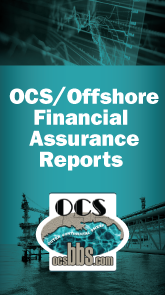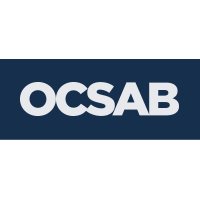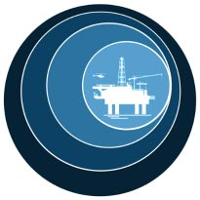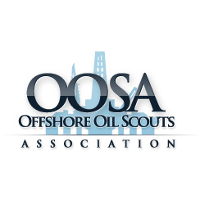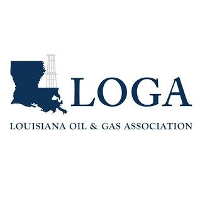Rental Crane Bracing Failure Results in Fatality
Effective Date: 12/18/2002
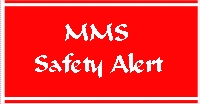 | U.S. Department of the Interior |
| Safety Alert No. 207 December 18, 2002 | Contact: Jack Williams |
Rental Crane Bracing Failure Results in Fatality
Recently, an operator hired a construction/rental crane contractor to remove an 18,000-lb. flare boom from a platform. The rental crane was installed and the old flare boom was cut loose. During the swinging of the load to begin lowering it onto the boat, the base of the east-west brace attaching the rental crane to the platform failed. This caused the crane to be torn suddenly from the platform and pulled overboard into the Gulf of Mexico. The movement of the crane overboard caused the death of a crewmember who was in the path of the falling crane.
This Safety Alert serves as a follow-up to Safety Alert No. 202, issued on June 20, 2002.
Cause
1. The failure of the crane brace was directly caused by a fault in the fundamental design of the way the crane was attached to the platform. The crane was held in place by two braces welded to the platform, one oriented east-west and one north-south. When attaching the east-west crane brace to the platform, the contractor first welded the brace to a small I-beam. Then, the I-beam was welded to the platform skid beam in such a manner that the I-beam/brace attachment was outboard of the I-beam/skid beam weld and the I-beam ends were unsupported. This created a cantilever effect that multiplied the forces on the I-beam to the point that the I-beam failed when exposed to the full load of the lift.
2. The deficient fundamental design was allowed because of organizational failures as follows:
| No engineering calculations were required or employed by the Operator or Contractor to ensure the adequacy of the attachment design; | ||
| No written procedure for installing the crane was required or employed by the Operator or Contractor to ensure competent review of field modifications of standard installation procedures. |
3. No written Job Safety Analysis (JSA) or Job Hazard Analysis (JHA) was required or created by the Operator or Contractor. A JSA analysis of the operation could reasonably have been expected to have identified the hazard of positioning a crewmember within a zone that would place him at risk in the event of a crane failure.
4. The load testing of the crane prior to conducting the operation did not reveal the structural flaws of the installation. This failure indicates the standard method for load testing cranes of this type with the boom oriented only in one direction does not provide a true indication of the ability of the crane to perform safely the full range of motion required to complete a job.
5. The supervisors overseeing the operation failed to recognize the structural deficiency of the installation. The supervisor installing the crane failed to recognize that the cantilever method of using an I-beam as the base for the E-W brace was significantly different from other methods of using an I-beam as a connector. This likely caused a failure to discuss and review the installation method with company management.
Possibly Contributing to the Failure
6. Possibly contributing to the fatal accident was the lack of a formal, written procedure provided by the Contractor or Operator that defined the steps and checkpoints of the construction job as a whole.
7. Verbal communication misunderstandings between the supervisors and on-shore management also possibly contributed to the accident.
Recommendations to Operators
The MMS recommends to the operators that they thoroughly review the engineering of attaching any rental crane to a structure. The MMS also recommends to the operators that they thoroughly prepare a written procedure that defines the circumstances requiring supervisor, management or engineering review of operations during the course of construction activities. The MMS recommends that formal JSA/JHA’s be employed to identify risks to personnel prior to major construction activities.
For details of the accident, see OCS Report MMS 2002-076. Copies of the report may be obtained from the MMS Public Information Office located at 1201 Elmwood Park Boulevard, New Orleans, Louisiana 70123 (1-800-200-GULF or local 504-736-2519).

